Patriot Relics
Silver Member
Hey guys,
While I love my Deus inland and my trusty CTX on the coast, I decided to drink the koolaid and pick up the equinox 800. Definitely need a few more hours before replacing the CTX as my water machine, but I can honestly say I never would have dug this killer relics without the NOX...reason being the NOX hits a solid 15 on deep iron that I would have certainly walked over with the CTX's unmistakable target ID. So full disclosure...digging this sucker was a fluke . I'm sure after a while I'll be able to hear out the deep iron, but I'm thrilled with this one for sure. The first target with the new machine
. I'm sure after a while I'll be able to hear out the deep iron, but I'm thrilled with this one for sure. The first target with the new machine
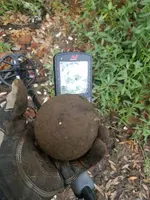
I've been developing the history on this site for some time. Nearly 3 years of hitting the same dirt has painted the picture of a continental picket post or lookout. The first targets were modest, but promising...assorted .69/.75 caliber round balls
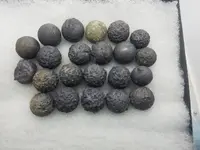
After a few years of persistence the buttons starting showing up...first 3 blank/polished down American made pewters...then a French made lottery coat button...and finally my first USA.
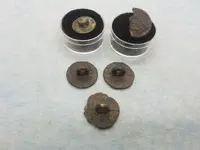
This is the part of the hobby that I love, reconstructing the history of a site that has never been documented. Happy to say that after lots of iron restoration over the years I was prepared to save this cannonball. Tannic acid in the low country swamps has a way of destroying these solid iron pieces if not cared for perfectly. Took a few days in the electrolysis tank, followed by an acetone bath/3 hours baking at 350 degrees to purge the water. While the iron was hot, I sealed it with a combination of breewax and microcrystalline wax.
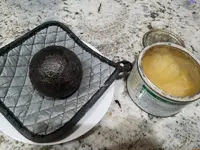
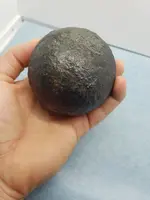
The ball has a diameter of 3.16 and weighs in slightly over 4lbs. Here's a look at a French 4PDR field cannon in the Armed Forces History, National Museum of American History. This field cannon was characterized by a high degree of mobility on the battlefield. The two large wheels attached to a carriage which allowed commanders to position the gun in the field. The trajectory of a field cannon is flat -- essentially, the cannon fires in the direction it is pointed.

That about covers it- from musket balls to a cannonball, can't wait to see what that dirt turns up next. Thanks for looking and good luck out there.
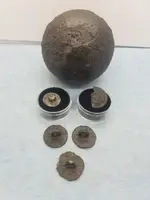
While I love my Deus inland and my trusty CTX on the coast, I decided to drink the koolaid and pick up the equinox 800. Definitely need a few more hours before replacing the CTX as my water machine, but I can honestly say I never would have dug this killer relics without the NOX...reason being the NOX hits a solid 15 on deep iron that I would have certainly walked over with the CTX's unmistakable target ID. So full disclosure...digging this sucker was a fluke
 . I'm sure after a while I'll be able to hear out the deep iron, but I'm thrilled with this one for sure. The first target with the new machine
. I'm sure after a while I'll be able to hear out the deep iron, but I'm thrilled with this one for sure. The first target with the new machine 
I've been developing the history on this site for some time. Nearly 3 years of hitting the same dirt has painted the picture of a continental picket post or lookout. The first targets were modest, but promising...assorted .69/.75 caliber round balls

After a few years of persistence the buttons starting showing up...first 3 blank/polished down American made pewters...then a French made lottery coat button...and finally my first USA.

This is the part of the hobby that I love, reconstructing the history of a site that has never been documented. Happy to say that after lots of iron restoration over the years I was prepared to save this cannonball. Tannic acid in the low country swamps has a way of destroying these solid iron pieces if not cared for perfectly. Took a few days in the electrolysis tank, followed by an acetone bath/3 hours baking at 350 degrees to purge the water. While the iron was hot, I sealed it with a combination of breewax and microcrystalline wax.


The ball has a diameter of 3.16 and weighs in slightly over 4lbs. Here's a look at a French 4PDR field cannon in the Armed Forces History, National Museum of American History. This field cannon was characterized by a high degree of mobility on the battlefield. The two large wheels attached to a carriage which allowed commanders to position the gun in the field. The trajectory of a field cannon is flat -- essentially, the cannon fires in the direction it is pointed.

That about covers it- from musket balls to a cannonball, can't wait to see what that dirt turns up next. Thanks for looking and good luck out there.

Upvote
32




